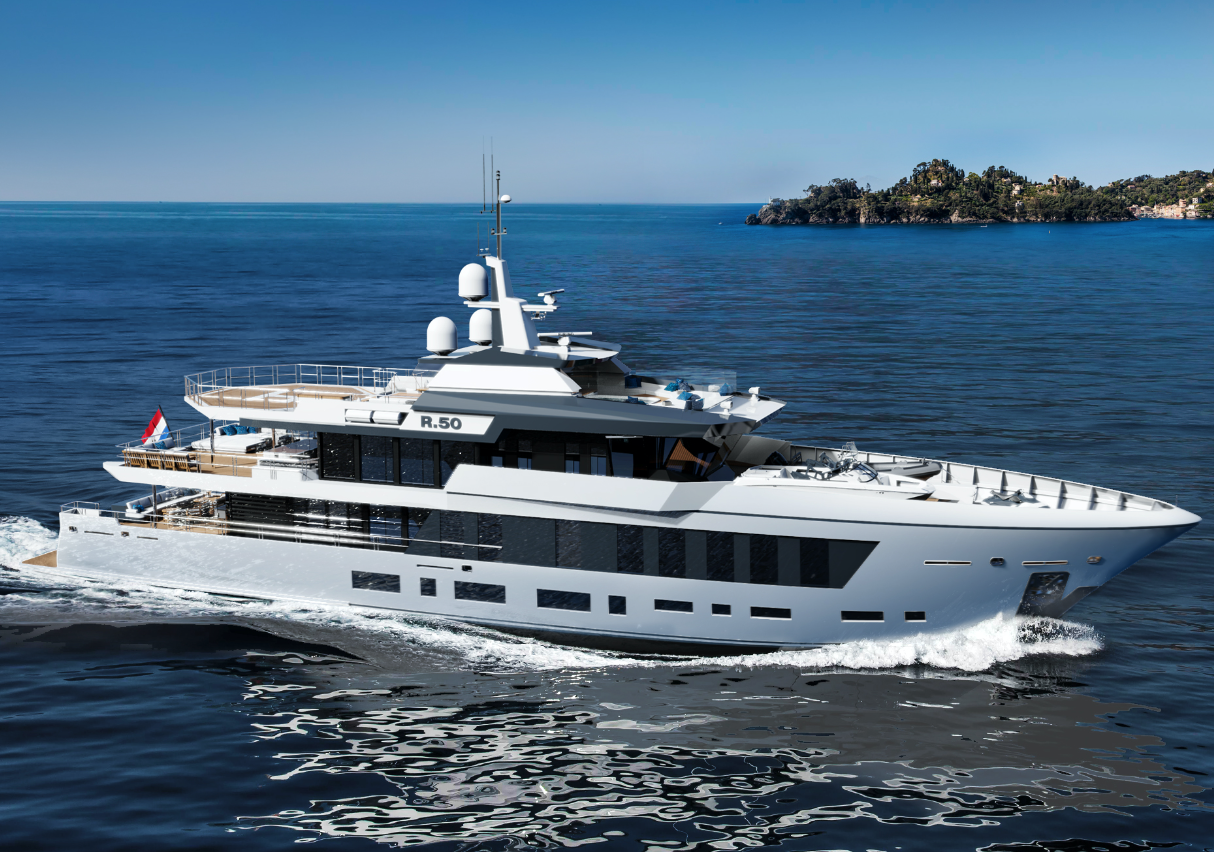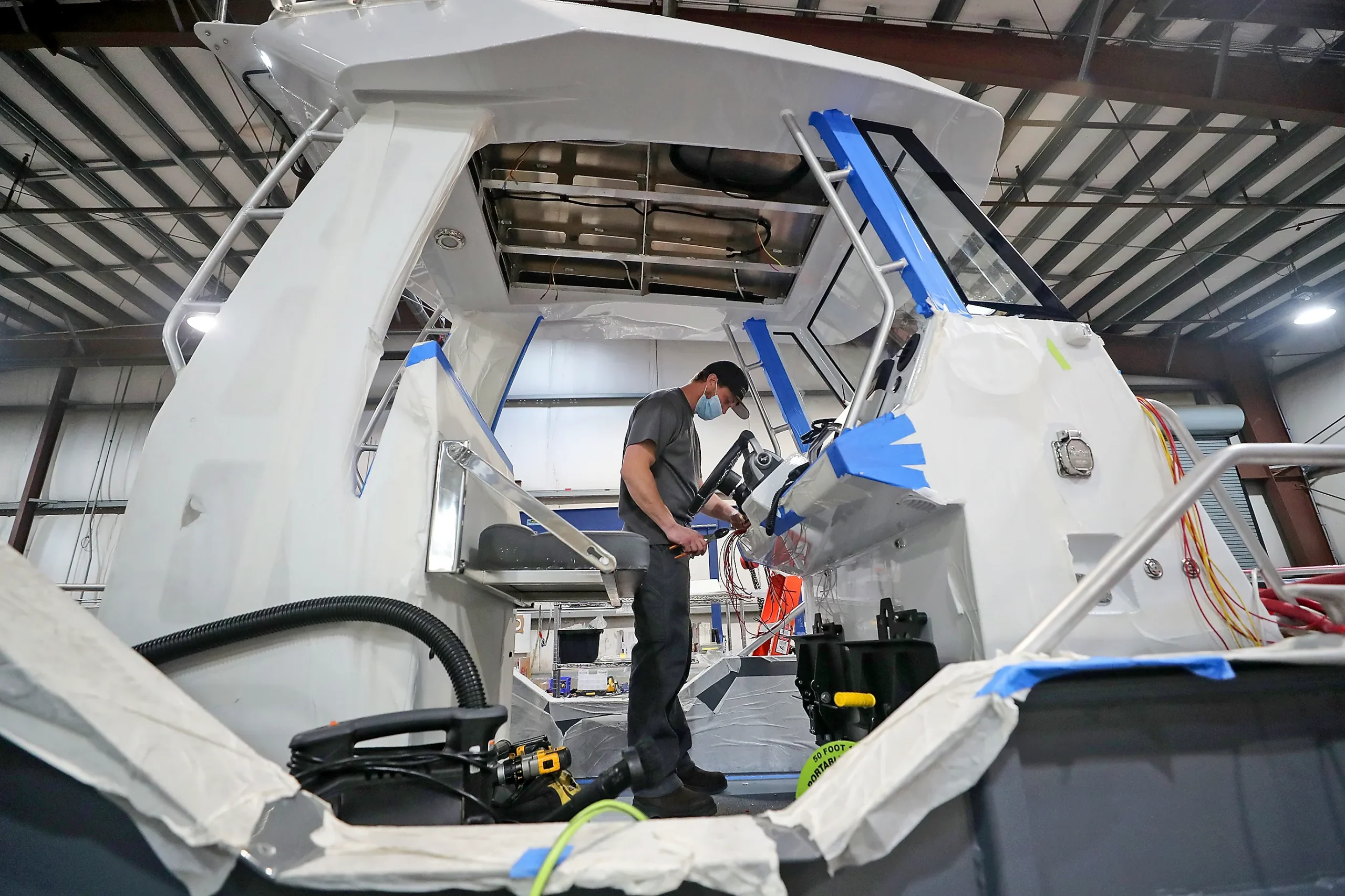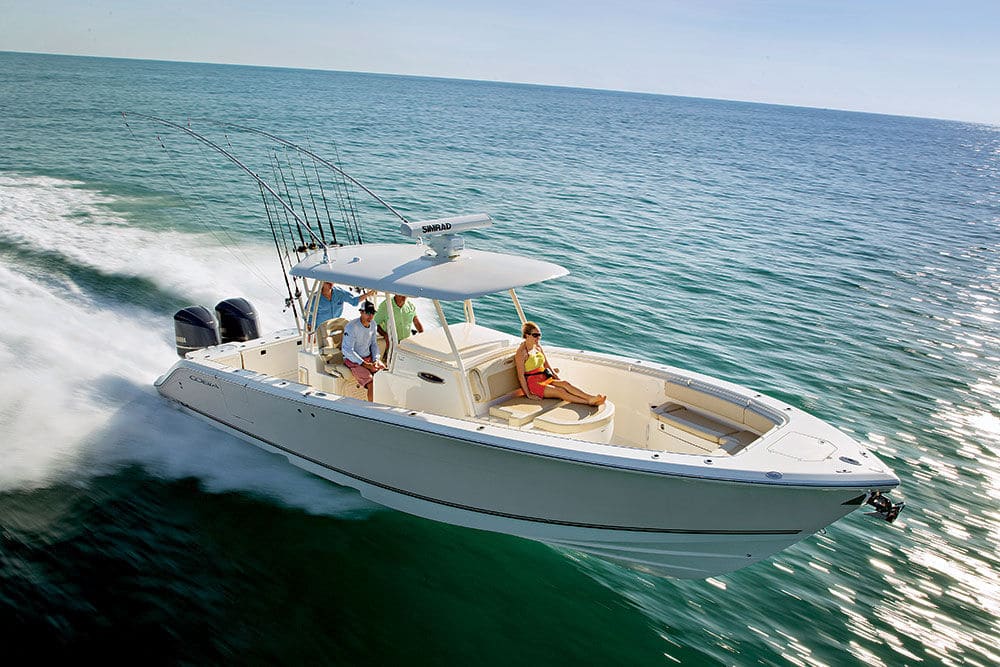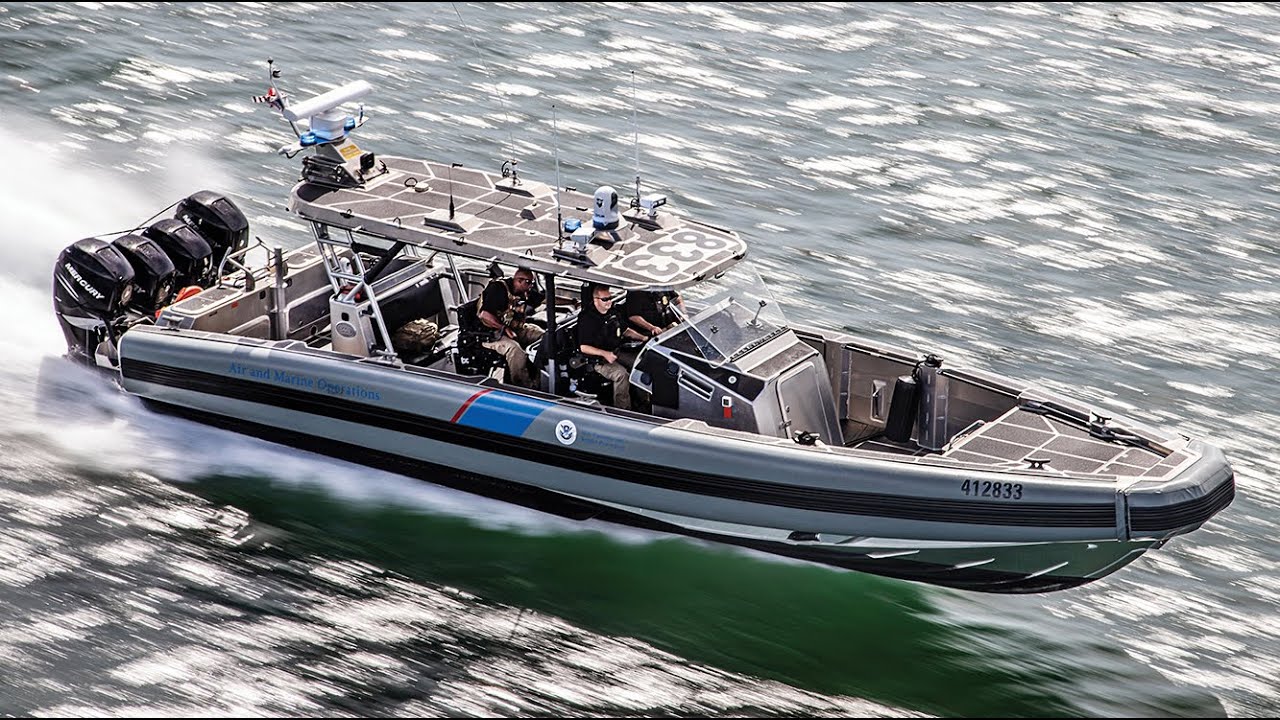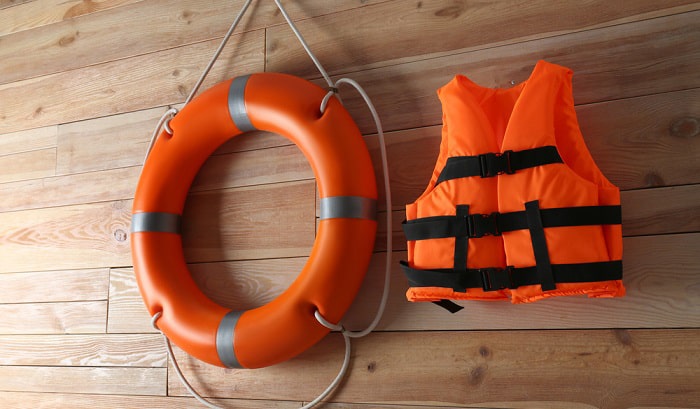Houseboat Living: The Ultimate Guide
A houseboat is a unique type of vessel, designed for living on the water.
Many people are drawn to the idea of a mobile home that floats, blending the comforts of home with the serenity of life on the water.
These boats vary widely in size, price, and features, making them interesting to explore for a range of buyers.

For those considering purchasing, houseboats can be found in different styles and conditions, from budget-friendly options to luxurious models.
Most houseboats available on the market are used, with new ones being much rarer. This diversity allows potential owners to find something that matches their lifestyle and budget.
Living on a houseboat offers a unique lifestyle.
These vessels are often equipped with the necessary amenities for daily living.

Enthusiasts appreciate the blend of nautical adventure and homey comfort.
Whether you aim to travel to different locations or prefer to stay moored in one place, houseboat living provides many options.
Key Takeaways
- Houseboats offer a unique living experience on the water.
- Most houseboats are bought used, with new ones being rare.
- The lifestyle combines comfort and nautical adventure.
Overview of Houseboats
Houseboats are unique vessels primarily designed for living on the water. They offer various styles and sizes, catering to different preferences and living needs. Despite their appeal, they come with unique challenges and benefits.
Definition and History
Houseboats are floating houses used for living on water. Unlike boats used for travel, houseboats are mostly meant for stationary living in rivers, lakes, and canals. They usually lack the power for ocean travel.
The history of houseboats dates back centuries, with early versions found in regions like China and the Netherlands.
Initially, they served as mobile homes for traders and fishermen.
Modern houseboats have evolved with amenities similar to traditional homes, combining comfort with the charm of living on water.

Types of Houseboats
Houseboats come in various types, each suited to specific environments and uses.
- Trailerable Houseboats: These are typically made of aluminum, fiberglass, or wood. They are designed for easy transportation and are used mainly in lakes and rivers. They feature one or two outboard engines for maneuverability.
- Non-Trailerable Houseboats: These larger vessels are more permanent and offer more space and amenities. They are often found in marinas or tied to docks in rivers and lakes.
Each type has its own benefits, depending on the desired lifestyle and location.
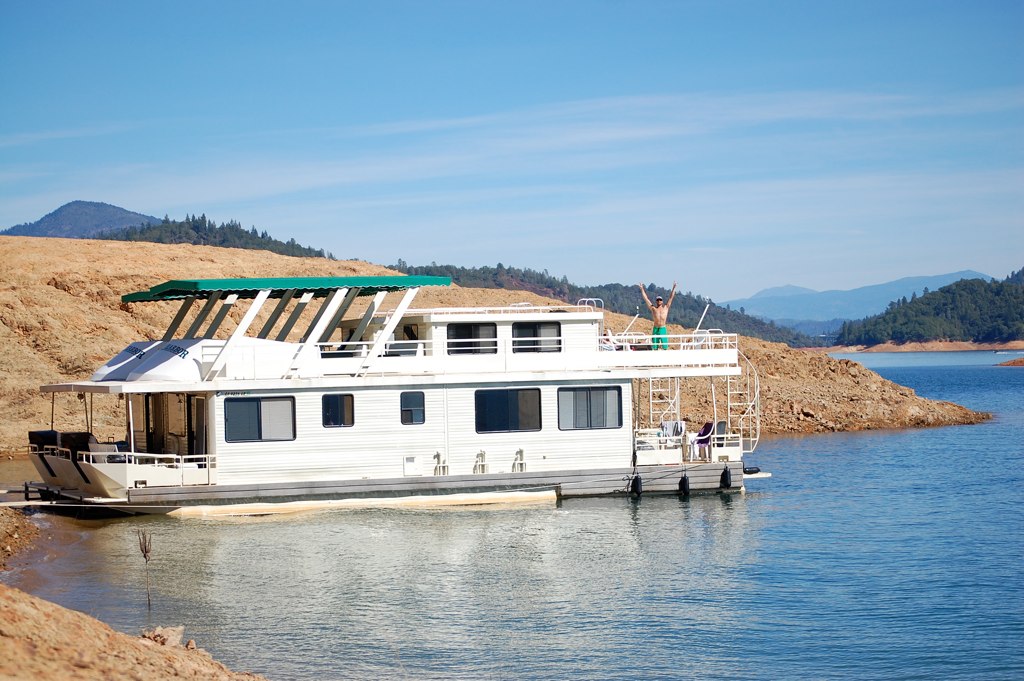
Advantages of Living on a Houseboat
Living on a houseboat offers unique advantages. The most notable is the beautiful and direct access to water. Residents can enjoy picturesque views, fishing, and other water activities right from their home.
Houseboats also offer a sense of community among other houseboat owners.
Living in close quarters with other houseboats fosters a tight-knit environment.
Additionally, houseboats tend to be more affordable than traditional homes, making them an attractive option for those seeking a more economical lifestyle.
Challenges of Houseboat Living
Houseboat living comes with its set of challenges.
One of the primary concerns is the maintenance required.
Regular upkeep is necessary to ensure the vessel remains in good condition, which can be labor-intensive and costly.
Another challenge is the limited space. Houseboats are typically smaller than traditional homes, which can be a significant adjustment.
Access to utilities like water, electricity, and sewage can also pose difficulties, often requiring specialized equipment or services.
Safety during adverse weather conditions is another important consideration, as houseboats are more susceptible to storms and flooding.
Design and Construction
Designing and constructing a houseboat involves selecting the right materials, incorporating essential design elements, and considering custom features to make your floating home unique and luxurious.
Materials Used in Houseboat Construction
Houseboats can be built using various materials, each with its own advantages.
Fiberglass is lightweight and resistant to water, making it a popular choice.
Steel offers durability and strength, suitable for larger, sturdier designs.
Aluminum is another lightweight option with good corrosion resistance.
For a traditional feel, wood can also be used, though it requires more maintenance.
These materials affect the boat's weight, durability, and maintenance needs.
Choosing the right one depends on the houseboat’s size, intended use, and personal preferences. For example, fiberglass requires less upkeep but may not have the same aesthetic appeal as wood.
Houseboat Design Elements
Key elements in houseboat design include the hull type, beam width, and layout.
The hull is the base of the boat and can be a pontoon, catamaran, or full hull model.
Pontoon hulls are simple and offer stability, while catamaran hulls provide more space and better movement on the water. Full hulls are suitable for deeper waters.
The beam—the boat's width—is critical for stability and interior space. A wider beam offers more room but may be harder to navigate in narrow waterways.
Interior layout must consider the living quarters, kitchen, bathroom, and any specific needs like workspaces or entertainment areas.

Custom Houseboat Features
Many houseboat owners seek to add custom features to enhance comfort and luxury.
Examples include wraparound decks for outdoor living, high-quality finishes such as hardwood floors or granite countertops, and modern conveniences like solar panels for energy efficiency.
Luxurious additions might include state-of-the-art kitchens, en-suite bathrooms, and even hot tubs.
Customizing these features allows owners to create comfortable, stylish spaces tailored to their preferences and lifestyles.
For instance, some might opt for larger windows to maximize natural light and views, while others might prioritize storage solutions for extended stays on the water.
Houseboat Manufacturers and Brands
Houseboat enthusiasts have numerous options when it comes to selecting the best manufacturers and brands for their needs, covering different budgets and styles. Key players in this market include Sumerset, Gibson, and Stardust Cruisers, known for their craftsmanship and quality.
Leading Houseboat Brands
Sumerset is known for its large and luxurious houseboats, making it a popular choice among avid boaters.
Sumerset boats are designed for comfort and durability, offering spacious layouts and high-end amenities. The brand has been a leader in the industry for many years, with a strong reputation for quality.
Gibson Boats offers a variety of houseboats catering to diverse tastes and budgets.
They provide both new and pre-owned boats, making it easier for buyers to find something that fits their needs. Gibson is well regarded for its functional designs and reliable performance, making them a top choice.
Stardust Cruisers is celebrated for its attention to detail and innovative designs.
Based in Monticello, Kentucky, Stardust Cruisers has been building houseboats for over 60 years. They are known for custom-built boats that provide a blend of luxury and functionality.
Choosing the Right Manufacturer
When choosing the right houseboat manufacturer, it's crucial to consider several factors.
Budget is often the first consideration. Buyers need to determine what they can afford and then look for manufacturers offering boats within that range.
Design and amenities are also important.
For those seeking luxury, brands like Sumerset and Trifecta Houseboats are ideal. These brands offer high-end finishes, spacious interiors, and modern conveniences.
Durability and build quality should not be overlooked.
Brands like Stardust Cruisers and Gibson Boats are known for their reliable construction and long-lasting materials. Always check reviews and get recommendations from current owners.
Finally, think about customization options.
Some manufacturers, like Stardust Cruisers, offer custom builds that allow buyers to design a houseboat that perfectly meets their needs. This can be a significant advantage for those with specific requirements or preferences.
Buying a Houseboat
Buying a houseboat involves several important considerations, including the cost, where to find available options, and how to finance the purchase. It's essential to understand each aspect before making a decision.
Factors Influencing Cost
The cost of a houseboat varies based on size, materials used, and amenities.
Smaller, simpler houseboats can start as low as $90,000. High-end, luxury houseboats, which can be two stories and feature multiple bedrooms, may cost up to $350,000 or more.
Additionally, ongoing expenses include mooring fees, maintenance, insurance, and fuel costs. These must be factored into your budget to ensure affordable and sustainable ownership.
Where to Find Houseboats for Sale
Houseboats are available from various sources.
Websites like Boat Trader list a range of houseboats for different budgets.
Prices can be as low as $6,608 for modest models and go up to $1,471,650 for extravagant boats.
For specific models, websites like Just Houseboats and specialized dealers such as East Coast Houseboats offer different options tailored to various needs and preferences.
Financing and Ownership
Financing a houseboat is similar to financing a traditional home. It's important to shop around for competitive loan rates and financing packages.
Lenders look at factors like credit score, down payment, and loan term. Property taxes may not apply in the same way as land-based homes, but insurance costs can be higher due to the unique nature of houseboats.
Prior to buying, secure a clear understanding of the total cost of ownership to avoid unexpected expenses.
Houseboat Lifestyle
Living on a houseboat comes with unique experiences and considerations. From daily routines aboard to managing utilities, this lifestyle offers a blend of comfort and adventure.
Life Aboard a Houseboat
Life aboard a houseboat can be both charming and practical.
These boats often serve as a primary residence for many, providing all the comforts of home. Depending on the size and design, you might find staterooms (bedrooms), a galley (kitchen), and even a bridge (control room).
Many houseboats, like a two-story houseboat, provide ample living space. Residents often enjoy the feeling of being close to nature.
Daily life includes activities such as fishing, swimming, or simply relaxing on the deck. The sense of community among liveaboard boat owners is also strong, with many forming close-knit relationships with their neighbors.
Utilities and Amenities
Houseboats require specific utilities and amenities to function smoothly.
They are typically moored at a berth in a marina, where they can access electricity, water, and sewer connections.
Managing these utilities is crucial, as it ensures a comfortable living environment.
Residents need to be mindful of water usage and waste disposal. Most houseboats come equipped with a septic system or holding tank for waste.
Heating and cooling can be managed through onboard systems. Some houseboats even have built-in solar panels to reduce reliance on marina power sources.
Amenities such as Wi-Fi, satellite TV, and modern kitchen appliances are also available, making houseboat life comfortable and convenient.
Technical Aspects
When considering the technical aspects of a houseboat, it’s essential to understand the mechanics behind propulsion, power systems, and safety measures. Each of these elements plays a crucial role in ensuring a smooth and safe houseboat experience.
Propulsion and Navigation
Houseboats typically utilize various propulsion systems to move. Most houseboats use either inboard or outboard motors.
Inboard motors are mounted inside the boat’s hull, powering a propeller shaft.
Outboard motors, on the other hand, are external and easier to service and replace.
Some modern houseboats employ outboard-4S motors, known for their fuel efficiency and lower emissions.
Navigation systems often include GPS for precise location tracking and depth finders to avoid shallow waters.
Table of Propulsion Types:
| Type | Location | Maintenance |
|---|---|---|
| Inboard | Inside Hull | Moderate |
| Outboard | External | Easier |
| Outboard-4S | External | Easier |
Houseboat Power and Fuel Systems
Houseboats typically use a combination of gas, diesel, and electrical power systems.
Gas and diesel engines are common, with diesel being preferred for its efficiency and longevity.
Electrical systems power onboard appliances and lighting.
Many houseboats have generators or solar panels for additional energy sources.
Fuel storage tanks for gas or diesel must be properly secured and maintained to avoid leaks and ensure safety.
List of Power Sources:
- Gas Engines: Common but may require more maintenance.
- Diesel Engines: Efficient and reliable for long-term use.
- Solar Panels: Environmentally friendly and cost-effective.
Safety and Maintenance
Safety on a houseboat encompasses fire prevention, rust management, and regular maintenance checks.
Fire safety measures include having extinguishers readily available and ensuring all electrical systems are up to standard to reduce fire risks.
Rust can be a significant issue due to prolonged water exposure.
Regular inspections of the hull and using rust-resistant paint can help prevent deterioration.
Routine engine checks are vital to ensure the motor and all propulsion systems function correctly.
Safety Essentials:
- Fire Extinguishers
- Rust-Resistant Paint
- Regular Engine Checks
Locations and Mooring
Optimal locations and mooring options for houseboats vary greatly, offering unique experiences on different bodies of water like lakes, rivers, and oceans. Here’s a closer look at popular regions for houseboating and essential tips on docking and marina facilities.
Popular Regions for Houseboating
Living on houseboats is popular in several regions globally.
In the Netherlands, the extensive network of canals provides a charming and historically rich backdrop for houseboat living. The canals wind through picturesque cities and offer a unique way of life.
In the United States, Seattle is prominent for its bustling houseboat community.
The city’s lakes and coastal areas provide ample mooring options with beautiful scenic views.
Another notable region is Shasta Lake in California, known for its Mediterranean climate and well-maintained trails. This man-made lake is a prime spot for houseboating enthusiasts.
For year-round living, Austin, Texas, stands out. Located on the Colorado River, it blends vibrant culture with ideal boating conditions.
Docking, Harbor Masters, and Marinas
When it comes to docking a houseboat, choosing the right marina is crucial.
Marinas offer a range of essential services such as power, water, and sewage pump-out facilities. Mooring at a marina provides added security and convenience.
A harbor master oversees the operations, ensuring safe docking and providing necessary information.
It's essential to coordinate with them, especially during strong currents or adverse weather conditions.
For those mooring in rivers or lakes, it’s important to select well-protected harbors to avoid damage from currents or waves.
Freshwater locations are preferable as saltwater can cause corrosion to houseboats.
Use of docks and canal systems can also provide stable anchorage and easy access to nearby amenities.
Recreational Activities
Houseboats offer a unique way to enjoy a range of recreational activities, from engaging in various water sports to exploring new travel destinations. Whether you're fishing, skiing, or renting a houseboat for a vacation, there's something for everyone.
Fishing and Water Sports
Fishing from a houseboat can be a peaceful and rewarding activity.
Anglers can often find good fishing spots right off the deck, making it convenient to catch fish without leaving the boat.
Some houseboats come equipped with fishing gear, or you can bring your own. Popular fish to catch include bass, trout, and catfish.
Water sports add excitement to any houseboat trip.
Activities like water skiing and wakeboarding are common. These sports require a few supplies, like skis or a wakeboard and a rope.
For those who enjoy a slower pace, kayaking and paddleboarding are great alternatives.
You can use smaller boats or personal watercraft for these activities, allowing for closer exploration of nearby inlets and shoreline areas.
Tourism and Vacation Rentals
Houseboat vacations are a popular choice for those seeking a more adventurous travel experience.
Many houseboat rentals offer amenities similar to those found in a traditional vacation rental, such as comfortable sleeping quarters, a kitchen, and entertainment options.
Some houseboats are located in points of interest like national parks or scenic lakes, making them ideal for travelers who enjoy nature.
Tourism on a houseboat provides a unique way to explore new destinations.
Sightseeing from the water offers different perspectives of cities, landscapes, and wildlife.
Houseboats also make it easy to travel from one location to another, providing flexibility in planning your trip.
Whether you're renting a houseboat on a lake or a coastal area, the experience is sure to be memorable and enjoyable.
Houseboat Community
Houseboat communities offer a unique way of life where people can enjoy close-knit relationships and deep cultural significance. These communities are popular in various regions, including the United States, the United Kingdom, and Canada.
Cultural Significance
Houseboat communities hold a special place in cultural history, often symbolizing freedom and alternative lifestyles.
In Sausalito, California, the houseboat community emerged post-World War II and became a haven for artists and counterculture icons.
These communities often host events that celebrate their unique heritage. For example, the annual Floating Homes Tour in Sausalito allows visitors to experience the artistic and historical essence of these floating neighborhoods.
Living on a houseboat also connects residents with nature.
Being surrounded by water and natural beauty fosters a strong appreciation for the environment.
This connection can be especially profound in areas like Shasta Lake, California, known for its scenic landscapes.
Community and Relationships
Strong neighborly bonds are a hallmark of houseboat communities. Residents often know each other well, creating a supportive and friendly atmosphere.
Living in close proximity on water encourages collaboration and mutual support.
Houseboat communities are inclusive, welcoming people from diverse backgrounds. This inclusiveness fosters a deep sense of belonging.
Activities such as community potlucks, boat maintenance projects, and social gatherings help strengthen these ties.
The layout of houseboat communities naturally creates a sense of closeness. Narrow docks and floating walkways make it easy to interact with neighbors, leading to frequent and meaningful social exchanges.
This environment promotes a lifestyle rich in camaraderie and collective well-being.
Unique Houseboat Concepts
Houseboats come in many designs and can even be portable. This section will cover innovative designs you might find appealing and options for those who want a trailerable houseboat for more flexibility.
Innovative Houseboat Designs
When talking about modern houseboats, certain designs stand out for their cutting-edge architecture and features.
For instance, the Jelly-Fish 45 is noted for its ambitious marine living concept. At 33 feet high and 45 feet wide, it includes a lower deck submerged underwater, perfect for dining and viewing ocean life.
Another example is the Adonia Yachts houseboat, a fully bespoke creation designed to meet the owner's exact needs.
These houseboats can be tailored with various luxuries, making them highly personalized.
Some houseboats even transform old structures, such as the Beguiled houseboat, which was a floating chapel before becoming an enchanting home.
These designs show how houseboats can be both unique and practical.
Trailerable and Portable Houseboats
For those who prefer versatility, trailerable houseboats are an excellent choice. These portable homes can be transported on a trailer, giving owners the freedom to explore different waterways.
One popular design is the Pontoon houseboat, known for its sleek design and large upper deck.
This type of houseboat combines comfort with the ability to be easily moved, offering a unique living experience.
Another example is the small yet functional houseboats like the Lux Series.
These models are designed to be lightweight and easy to tow, making them perfect for weekend getaways or exploring various lakes and rivers.
Trailerable houseboats provide a blend of modern convenience and the freedom to take your home wherever you want, making them a highly desirable option for many houseboat enthusiasts.
Frequently Asked Questions
Houseboats present a unique blend of lifestyle choices and maintenance needs. This section explores key considerations for buying, maintaining, and renting houseboats, as well as the costs and factors affecting resale value.
What should one consider before purchasing a houseboat?
Before buying a houseboat, consider size, layout, and intended use.
Think about how much space is needed for living and storage. Investigate local marina rules and docking fees.
It's important to assess your comfort level with boating and maintenance tasks since houseboats require regular upkeep.
What are the ongoing costs associated with owning a houseboat?
Ongoing costs for houseboat owners include dock fees, maintenance, insurance, and fuel.
Docking fees can vary by location and marina. Regular maintenance involves cleaning, engine care, and system checks.
Insurance is necessary to cover potential damages or losses. Fuel costs depend on how often and how far the houseboat travels.
How does the lifestyle differ between living on a houseboat and a traditional home?
Living on a houseboat offers a unique connection to nature and the water. Space is often more limited, requiring efficient use of every inch.
Unlike traditional homes, houseboats can move locations, offering new views and experiences. The lifestyle encourages simplicity and often leads to a closer connection with the local community and environment.
What are common maintenance requirements for a houseboat?
Regular maintenance for houseboats includes hull inspections, engine servicing, and cleaning.
The hull should be checked yearly for integrity and damage. Engines need regular oil changes and inspections.
Keeping the interior and exterior clean prevents mold and mildew. Electrical and plumbing systems also require periodic checks to ensure they are functioning correctly.
How do houseboat rental processes typically work?
Renting a houseboat usually involves a reservation, payment, and a briefing session.
Companies often require full payment in advance. At the marina, staff will explain how to operate the boat and navigate safely.
Some companies offer complimentary captain services to help renters get in and out of the marina Lake Powell Resorts & Marinas.
What factors determine the resale value of a houseboat?
The resale value of a houseboat is determined by its age, condition, and location.
Newer boats in good condition with updated systems command higher prices. The boat's location can influence its desirability and price.
Market demand for houseboats in certain areas can also affect resale value. Ensuring regular maintenance and keeping the boat in good shape can help maintain its value.
Charlie is Editor-in-Chief of Sea Magazine

